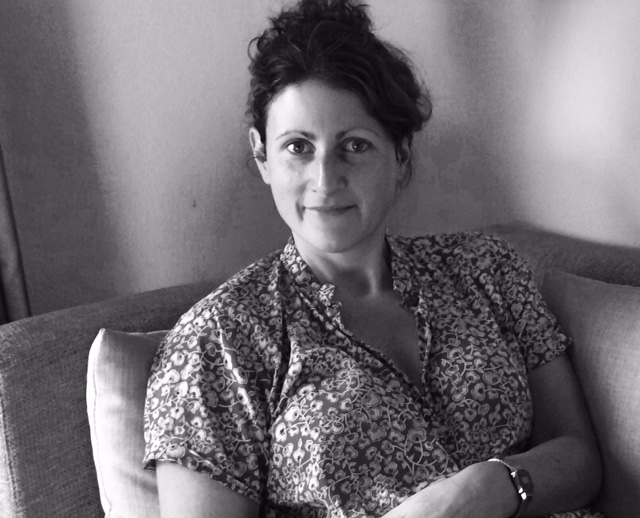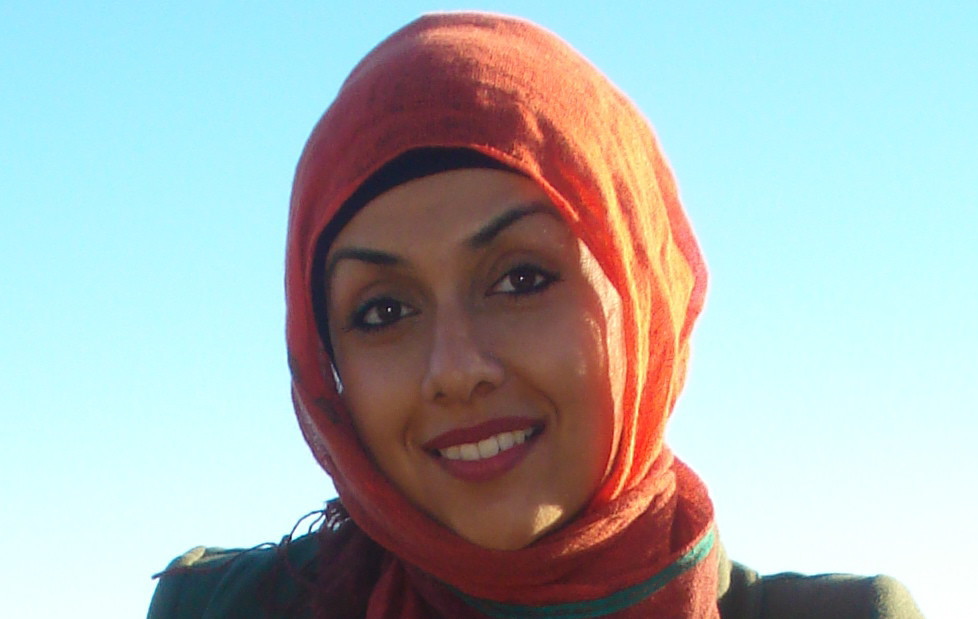Tell us about your debut novel, Where the River Parts?
Where the River Parts follows a Hindu Muslim couple caught up in the traumatic Partition of India and Pakistan. They are separated during the process, and don’t see each other for the next fifty years. It is only half a decade later, as both India and Pakistan are testing their nuclear weapons, that the two meet again in New York and face an impossible choice. Where the River Parts straddles half a century and three continents, and has been described as a timeless tale of love, loss and longing.
Tell us more about your journey into writing. When did you know you wanted to become a writer?
I always wrote as a child, but stopped when I went to university. My degree was in Economics, and after I graduated I began to work in investment banking, and for a while it seemed as if my days of writing – of indeed reading for pleasure – were at an end. And then at a private equity conference in Frankfurt, I found myself surrounded by industry veterans crowing over the latest Financial Times article to call them vultures. I realised I hated finance. It was my 26th birthday, and a moment I remember with absolute clarity. I left the celebrations of the conference and went to my hotel room to write, and was the happiest I had been in years.
Where do you write? Do you have a writing ritual?
I write around my family – I have two young children, and am tied to their schedules. I tend to write when they’re in school, but if I’m in the middle of writing a draft, I wake up at 4 am to fit in a few hours of writing time while the children are asleep. Both motherhood and my background in investment banking have equipped me to write whenever and wherever I can, and I find myself scribbling notes on the tube, or tapping away at my laptop in cafes or while waiting for one of my children to finish an after school lesson.
As a new writer, what would you cite as the best resources that helped develop your writing skill?
I didn’t actually refer to many of the traditional resources. I didn’t attend a course or join a writer’s group. In retrospect, I probably should have, as the discipline enforced by deadlines and the regular feedback would have been helpful.
What helped me instead, was learning to write regularly. I had to accustom myself to sitting at my desk – with a pad of paper in front of me or my laptop – and trying to write. Some days I don’t manage more than a sentence, and on others, thousands of words flow out of me. But it was important for me to learn that writing is like going to work. You have to be present every day.
What was your experience of getting published?
It took a few years to write Where the River Parts and get it to a place where I was happy with it. Once my agents went out with the book, we were delighted with the offer made by Sandstone Press. We agreed terms in January 2015, finalised the novel by autumn and the book was published in February 2016.
What research, if any, did you do? What were your thoughts on the findings of your research?
As an Indian, and as someone who has lived in Pakistan, I was familiar with Partition. My family was impacted by the Partition too, and we made the move from Pakistan into India, so the whole tumultuous period is engraved on our psyche.
The sheer scale of the displacement, though, was unknown to me. 1 million people were murdered, and 16 million left homeless, largely in the 3 month period that followed Independence. I had to research these aspects of the past – the extent of the tragedy, the interactions between members of the Hindu, Muslim and Sikh communities in united India, the clothes worn during the period, how the flames of hatred were fanned – partly through books and other media, and partly through family accounts. I was both shocked and strangely un-surprised by what my research uncovered. Partition brought out both the best and worst in humanity, and we have seen the same emotional tapestry being woven far too often in recent times.
You’ve written an epic novel, that spans continents and generations. How long did it take you to write and what did you find the most challenging?
The novel itself took me about 18 months to write, but I had known for longer that I wanted to write about the Partition. The idea percolated inside me for a year or longer, though the plot and protagonists proved elusive. It was only when Asha – seventeen and impulsive and on the cusp of life – walked into my mind that I knew I could begin to write Where the River Parts.
In some ways the biggest challenge was waiting for Asha’s story to present itself to me, but I also had to be mindful that I was writing a historical novel. I undertook a lot of research to familiarise myself with the social norms of the day as well as with the fashions and music of the time. But I also tried to focus on the fact that protagonists from that era and from that geography still had familiar concerns. A seventeen year old girl was still consumed with her youth, her friendships and with love. She had no concept of a career back then, but she did recognise the need for education, and in that sense, she doesn’t feel so dissimilar to a young girl today. A twenty year old boy was still focussed on injustice, his career and the girl he loves. And though the setting is different for many readers today, I hope the common traits they share with the protagonists help make them feel real.
Do you have a personal family history tied to Partition or did most of the inspiration and background come from your research?
My family on my father’s side were affected by the Partition. They had to leave Lyallpur in West Punjab to make a new life in Delhi. Their experiences have largely seeped into the atmosphere I’ve tried to portray in Suhanpur, the fictional town my protagonists live in. I’ve had a wealth of details given to me about my family’s life in what became Pakistan, and I’ve tried to imbibe Where the River Parts with a sense of it.
Beyond telling me about their life in Pakistan, though, my family didn’t share any of the horrors they witnessed with me. Other ‘children’ in my extended family were similarly protected. It is only now as we have grown, and now that I have tried to delve deeper in my family’s involvement in the Partition, that stories have begun to come out. About the relative who risked life and limb to return to Pakistan to retrieve a family heirloom. About the young boy who travelled on a train to India – and miraculously survived – despite the Hindu symbol Om tattooed on his wrist. About my paternal grandparents, who were married shortly before the Partition, and travelled to Karachi, a city that fell the way of Pakistan, a week before the worst of the violence was unleashed. About intimidation, about neighbours on both sides of the border turning against each other, about tragedies, about cowardice, about opportunism and about remarkable heroism.
You pull no punches when dealing with the brutality of Partition. Was it important to you as a writer to reflect the true experiences of Partition for ordinary people?
It is a period in the Indian sub-continent’s history that never fails to move me. For our proudest hour – independence after 200 years of colonial rule – to be so marked by horror is nothing short of tragic. 1 million people were killed in the violence that was unleashed on both sides of the border. Muslims killed Hindus and Sikhs, and Hindus and Sikhs butchered Muslims in their turn. Neighbours turned on each other, and vast swathes of both India and Pakistan were changed forever by the resulting influx of refugees. It was important for me to represent the enormity of the event, and to show that ordinary people – the local teacher, the girl next door, the respected family man – were marked by Partition too.
At it’s heart, this is a love story. What did you set out to tell readers about love, and loss and longing when you started writing?
Where the River Parts is undoubtedly a love story. It also speaks of the distances that grow between us, reflected physically in Asha and Firoze’s separation, but also in the schism that grew between India and Pakistan. So while the novel follows the loss and longing experienced by its protagonists, it also follows the same emotions experienced by millions across both sides of the geographical border as once co-existing communities are torn apart and taught a hate-filled narrative.
And though Where the River Parts is ostensibly about a period of Indian-Pakistani history that took place nearly 70 years ago, the fact that so many people in the world are facing a similarly traumatic period of displacement today was never far from my mind. A lot of readers have picked up on this connection with the present, which is fantastic and so gratifying.
Radhika Swarup spent a nomadic childhood, growing up in India, Italy, Qatar, Pakistan, Romania and England, which gave her a keen sense of place and for the dispossessed. She studied at Cambridge University and worked in finance before turning to writing, and has written a book on Indian baby names to be published by Rupa titled Modern Baby Names for a New India. Radhika lives in London with her husband and two young children.

